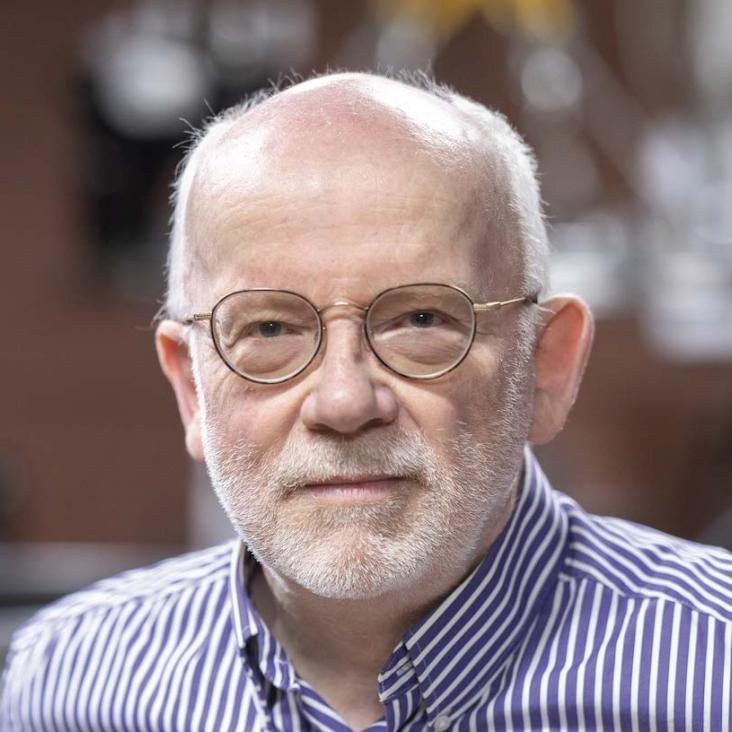Laser-driven strong magnetostatic fields with applications to charged beam transport and magnetized high energy-density physics
Physics of Plasmas AIP Publishing 25:5 (2018) 056705
Abstract:
Powerful laser-plasma processes are explored to generate discharge currents of a few 100 kA in coil targets, yielding magnetostatic fields (B-fields) in excess of 0.5 kT. The quasi-static currents are provided from hot electron ejection from the laser-irradiated surface. According to our model, which describes the evolution of the discharge current, the major control parameter is the laser irradiance Ilasλ 2 las. The space-time evolution of the B-fields is experimentally characterized by high-frequency bandwidth B-dot probes and by protondeflectometry measurements. The magnetic pulses, of ns-scale, are long enough to magnetize secondary targets through resistive diffusion. We applied it in experiments of laser-generated relativistic electron transport through solid dielectric targets, yielding an unprecedented 5-fold enhancement of the energy-density flux at 60 µm depth, compared to unmagnetized transport conditions. These studies pave the ground for magnetized high-energy density physics investigations, related to laser-generated secondary sources of radiation and/or high-energy particles and their transport, to high-gain fusion energy schemes and to laboratory astrophysics.ALICE: A non-LTE plasma atomic physics, kinetics and lineshape package
High Energy Density Physics Elsevier 26 (2018) 56-67
Abstract:
All three parts of an atomic physics, atomic kinetics and lineshape code, ALICE, are described. Examples of the code being used to model the emissivity and opacity of plasmas are discussed and interesting features of the code which build on the existing corpus of models are shown throughout.X-ray line coincidence photopumping in a solar flare
Monthly Notices of the Royal Astronomical Society Oxford University Press 474:3 (2017) 3782-3786
Abstract:
Line coincidence photopumping is a process where the electrons of an atomic or molecular species are radiatively excited through the absorption of line emission from another species at a coincident wavelength. There are many instances of line coincidence photopumping in astrophysical sources at optical and ultraviolet wavelengths, with the most famous example being Bowen fluorescence (pumping of O III 303.80 Å by He II), but none to our knowledge in X-rays. However, here we report on a scheme where a He-like line of Ne IX at 11.000 Å is photopumped by He-like Na X at 11.003 Å, which predicts significant intensity enhancement in the Ne IX 82.76 Å transition under physical conditions found in solar flare plasmas. A comparison of our theoretical models with published X-ray observations of a solar flare obtained during a rocket flight provides evidence for line enhancement, with the measured degree of enhancement being consistent with that expected from theory, a truly surprising result. Observations of this enhancement during flares on stars other than the Sun would provide a powerful new diagnostic tool for determining the sizes of flare loops in these distant, spatially unresolved, astronomical sources.Modelling K shell spectra from short pulse heated buried microdot targets
HIGH ENERGY DENSITY PHYSICS 23 (2017) 178-183
Measurements of plasma spectra from hot dense elements and mixtures at conditions relevant to the solar radiative zone.
ATOMIC PROCESSES IN PLASMAS (APIP 2016) 1811 (2017)


